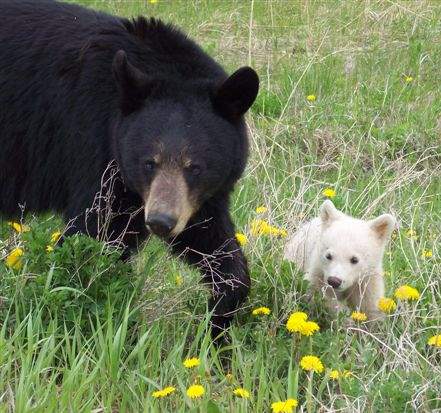As we drove Minnesota’s Great River Road from Red Wing to La Crescent this weekend… “indicator species” at various waysides highlighted the arrival of Tundra Swans!
Such clusters of humans with binoculars and cameras announce the “swan song” of 2011. Best viewing of Tundra Swans seemed to be right along HWY 61 just north of Minnieska, Minnesota (Weaver Bottoms) and again just south of Goose Island in Wisconsin. No doubt the Swans are also clustered just outside of Brownsville, Minnesota, and perhaps just north of Alma, Wisconsin at Reich’s Lake.
A word of warning though… I saw two men standing on the railroad tracks engrossed in watching an American Bald Eagle soaring up above.
Not smart.
There is a very real possibility that when engrossed in viewing wildlife, one would never hear the train coming until it is simply too late. Stand well off the railroad tracks!!

![cropped-IMG_16121[1]](http://www.greatriver.com/wordpress/wp-content/uploads/2011/11/cropped-IMG_161211-300x86.jpg)
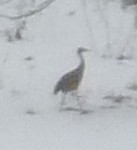
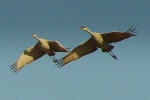 We’re close to hitting 50 degrees in the Upper Mississippi River Valley. Sandhill cranes, Canada Geese, starlings have all returned. The Mourning Dove is cooing again and the morning is beginning to be vibrant with bird chatter. We’ve heard from the St. Louis area that pelicans are back on their way north. I don’t know that ANYONE appreciates spring like someone who lives up here!
We’re close to hitting 50 degrees in the Upper Mississippi River Valley. Sandhill cranes, Canada Geese, starlings have all returned. The Mourning Dove is cooing again and the morning is beginning to be vibrant with bird chatter. We’ve heard from the St. Louis area that pelicans are back on their way north. I don’t know that ANYONE appreciates spring like someone who lives up here!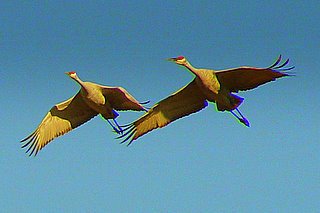 I had an Australian friend who never understood why spring was such a joy to those of us in the Upper Midwest—until she visited here in Winter.
I had an Australian friend who never understood why spring was such a joy to those of us in the Upper Midwest—until she visited here in Winter.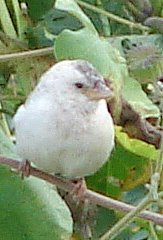 Well, now that our Sandhill Cranes, bluebirds, red-winged blackbirds, Kestrel, and Canada geese are back in the valley, my observations on snow country must suddenly give way to spring. But not before I share some pictures of one of my favorite “collector” items…Every so rarely a genetic WHITE PHASE appears in animals that are normally not white except as albinos. But the two pictures shown here are not albinos, but a “white phase” black bear and a “white phase” sparrow.
Well, now that our Sandhill Cranes, bluebirds, red-winged blackbirds, Kestrel, and Canada geese are back in the valley, my observations on snow country must suddenly give way to spring. But not before I share some pictures of one of my favorite “collector” items…Every so rarely a genetic WHITE PHASE appears in animals that are normally not white except as albinos. But the two pictures shown here are not albinos, but a “white phase” black bear and a “white phase” sparrow.